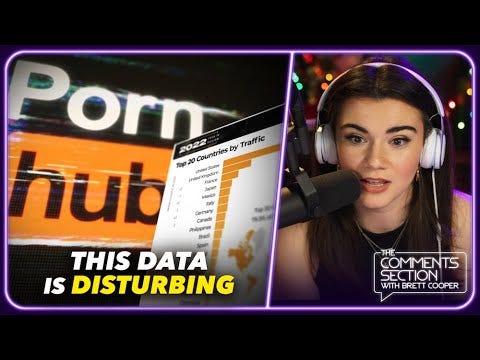There's more to the Internet than porn
But that doesn't mean this isn't a topic that parents, pastors, educators and counselors need to address
For years now, when discussing digital screens and the Internet, I tell parents, pastors, teachers and counselors that they need to realize that they shouldn’t focus on porn, alone, when talking about the dangers of online live.
Yes, the facts about porn and the lives of children and teens are horrifying. I get that. And, yes, porn pours gasoline on the flames of anxiety, depression, violence, gender confusion and other realities in the sick corners of our culture.
But, let’s face it. Porn is a difficult subject to handle in preaching, religious education, youth work and other crucial parts of congregational life. Also, a stunning percent of clergy have personal reasons not to welcome conversations about this subject. We live in a sinful, fallen world.
But here is a question that must be asked: Can religious leaders afford to ignore the role of pornography in the lives of millions of people — in their own pews and in the culture as a whole?
Simply stated: No. It’s destroying minds, bodies and souls.
Thus, here are some recent updates (out of many in my email files) on this subject. Let’s start with a small sampling of the digital trends, care of Daniel Cox and the American Storylines Substack project:
On the Internet, pornography is everywhere. A recent BYU report estimated that 12 percent of all websites were dedicated to pornography. Even sites that are not dedicated to the dissemination of pornographic content are frequently infiltrated by purveyors of sexually explicit material. Twitter/X has a well-documented problem with porn bots. Links to pornographic material regularly show up in Instagram comment threads, YouTube videos, and Reddit forums.
As a result, young people today are exposed to pornographic content much earlier
,and spend much more time watching porn than previous generations. A 2023 report from Common Sense found that nearly three-quarters of teens age 13 to 17 had seen pornographic content online. Many said they had been exposed before their teen years.But it’s not only that the internet is awash in graphic sexual images and videos, it’s that this material is so readily available in precisely the places where teens are spending so much of their time. …
Smartphones have fundamentally changed pornography consumption by making it instantly available. As soon as a young person gets a smartphone, they also receive access to the largest library of pornographic images and movies that has ever existed.
This is a morality issue, correct?
Keep reading with a 7-day free trial
Subscribe to Terry Mattingly -- Rational Sheep to keep reading this post and get 7 days of free access to the full post archives.




